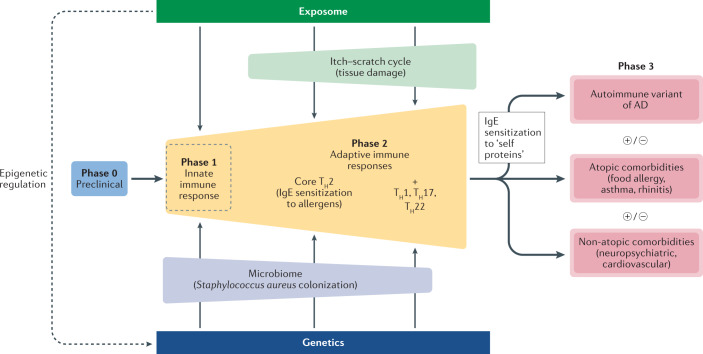Fig. 1. A multidimensional model of atopic dermatitis.
A high-level schematic view of the complex interactions that underlie the immunological heterogeneity of atopic dermatitis (AD). This multidimensional disease model generates an ‘immunological march’, which can schematically and tentatively be dissected in several, potentially overlapping phases: first, an asymptomatic preclinical phase (phase 0); second, activation of skin innate immunity (phase 1), rapidly followed by activation of the adaptive immune response (phase 2) starting with a core T helper 2 (TH2) response accompanied by IgE sensitization to environmental allergens, and a widening of the adaptive immunity with TH1, TH17 and TH22 responses. This widening of the immune response paves the way for the development of atopic and non-atopic comorbidities (phase 3). Each putative phase offers opportunities for preventive and targeted therapeutic intervention, including disease modification. In this scenario, the composition of the skin microbiome and the itch–scratch cycle potentially have a crucial role in directing the adaptive immunity and the development of sensitization to self proteins, atopic and non-atopic comorbidities.

